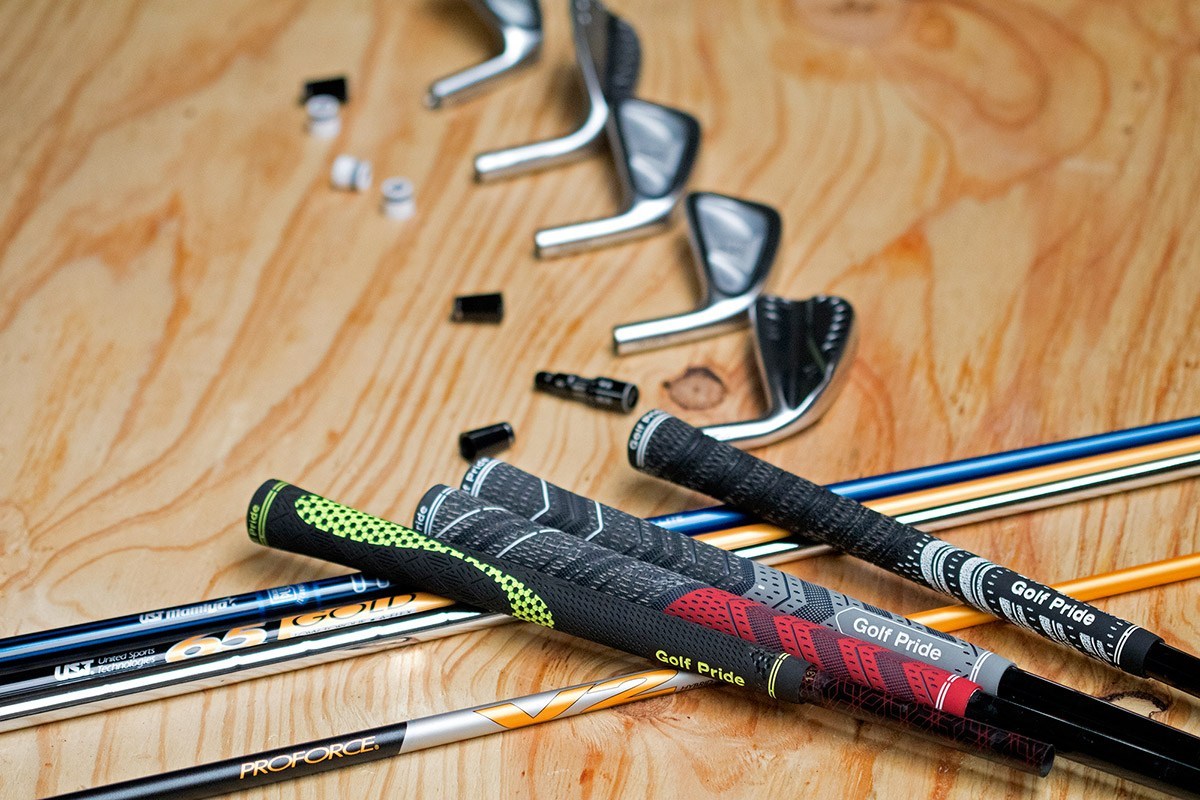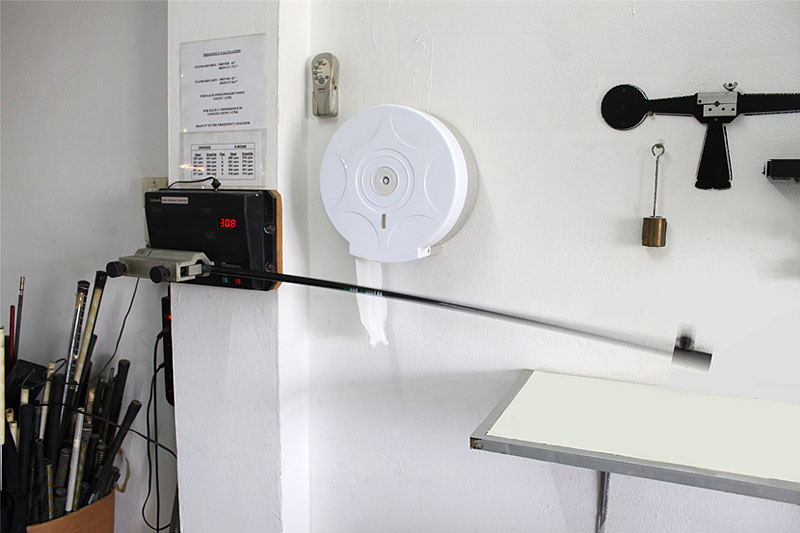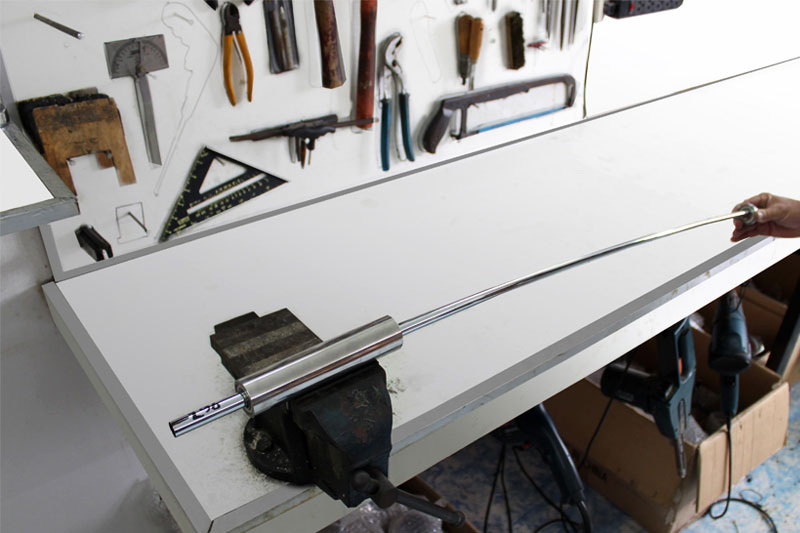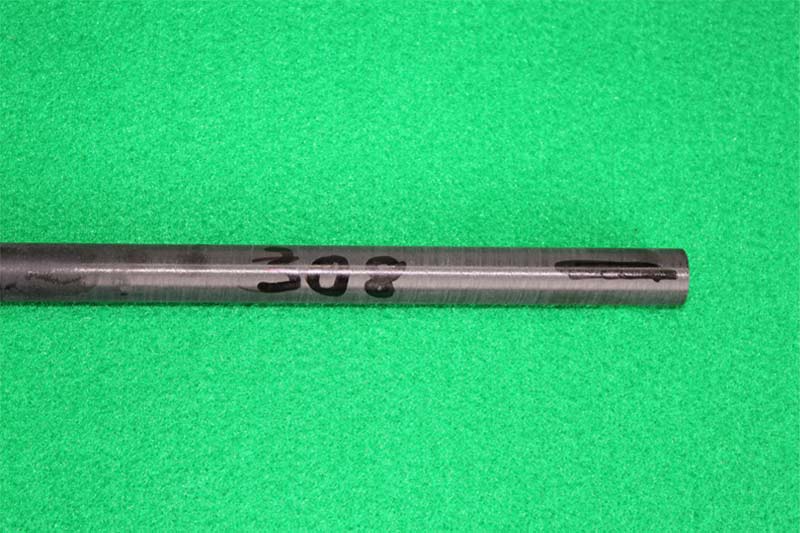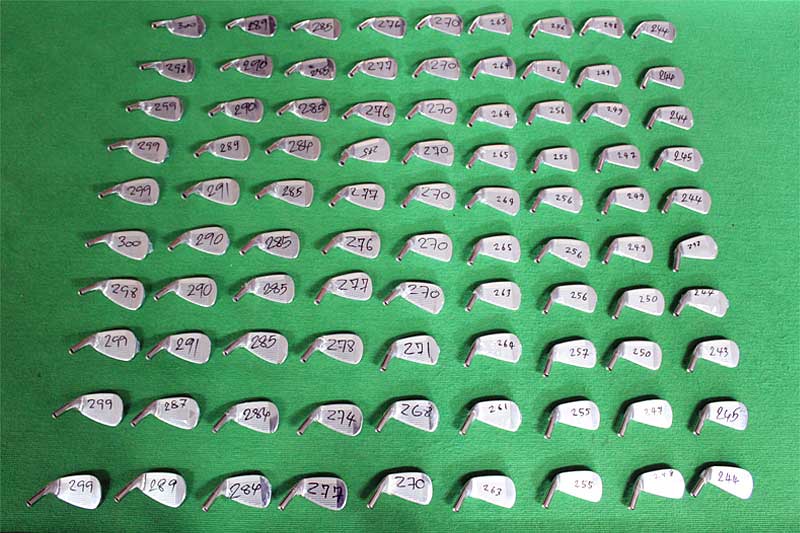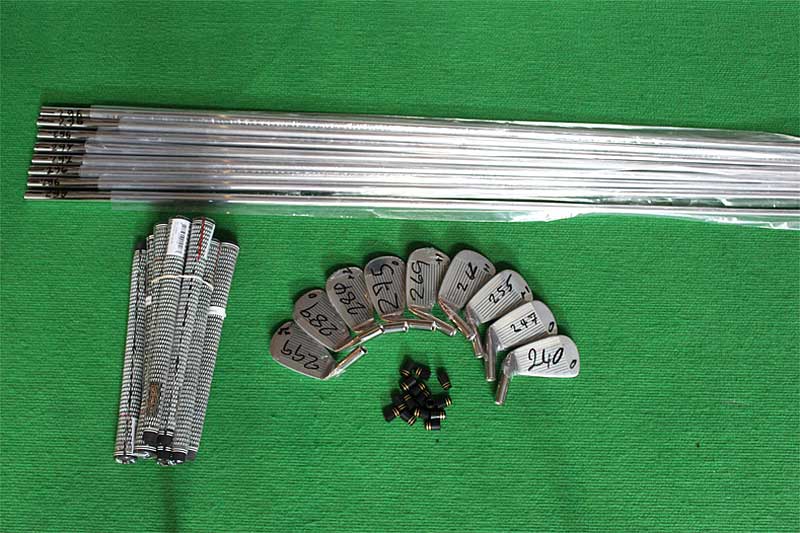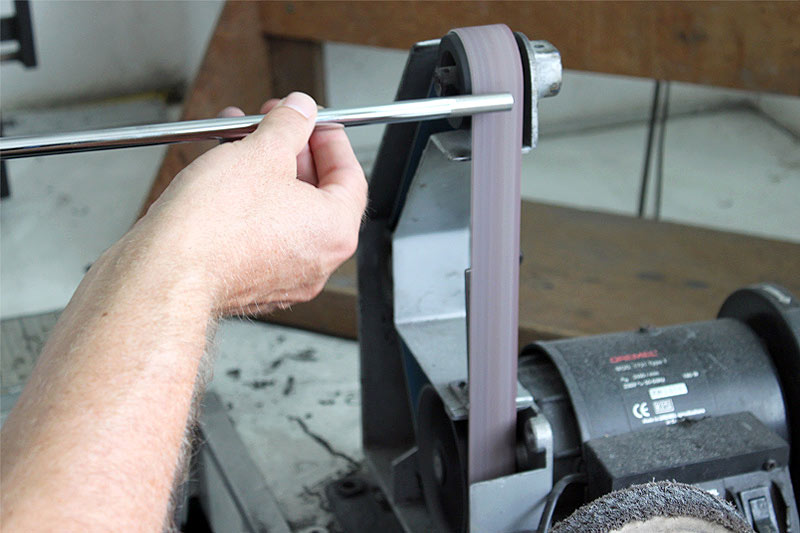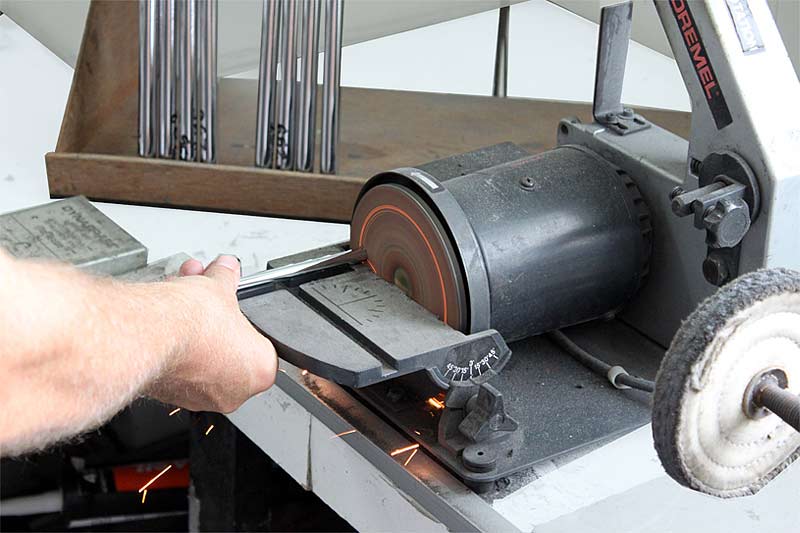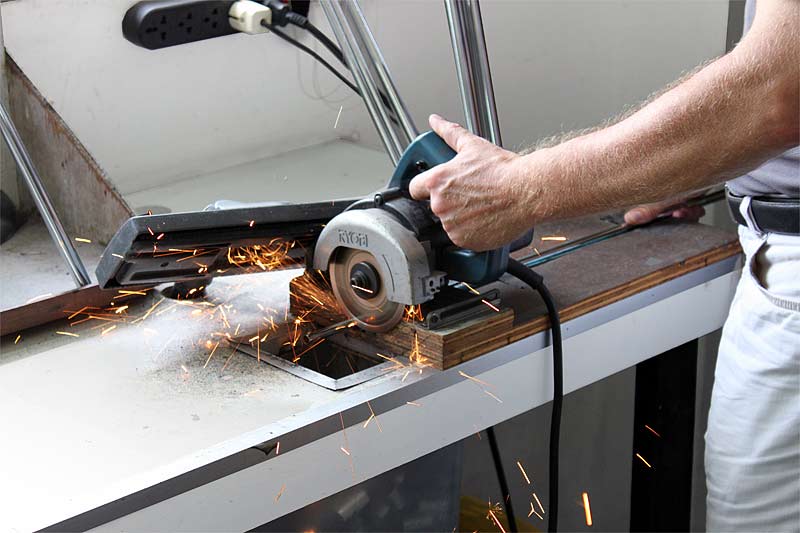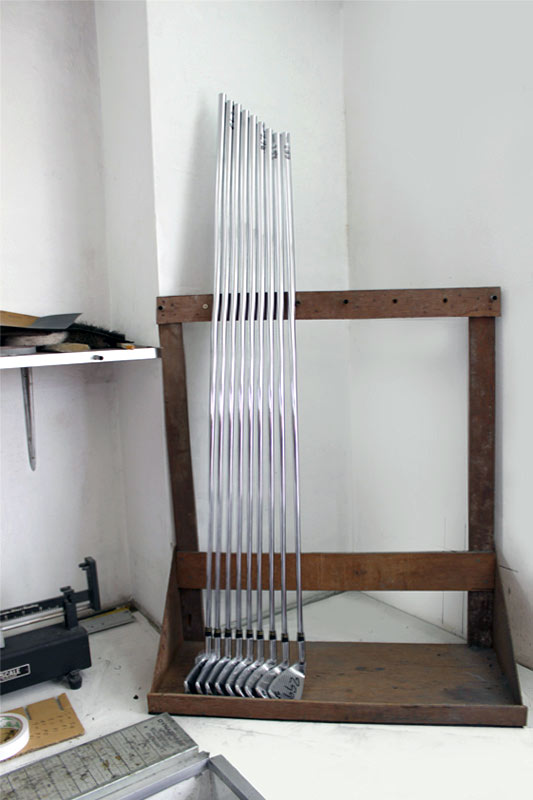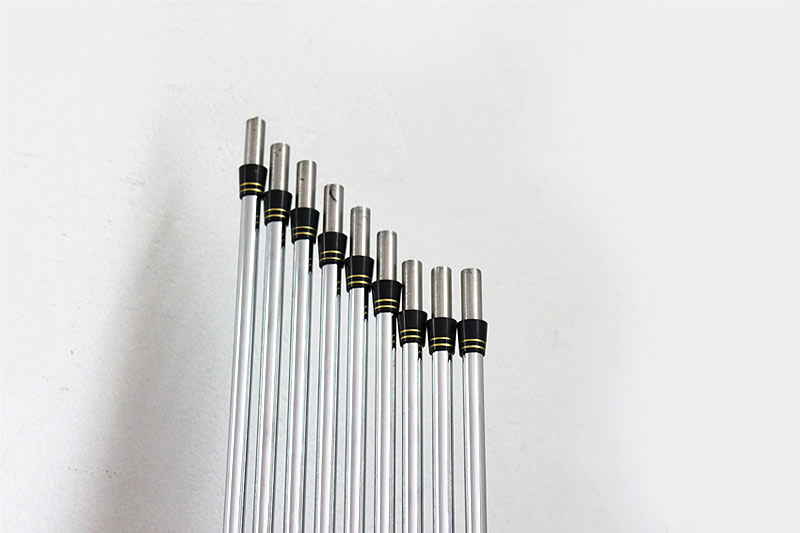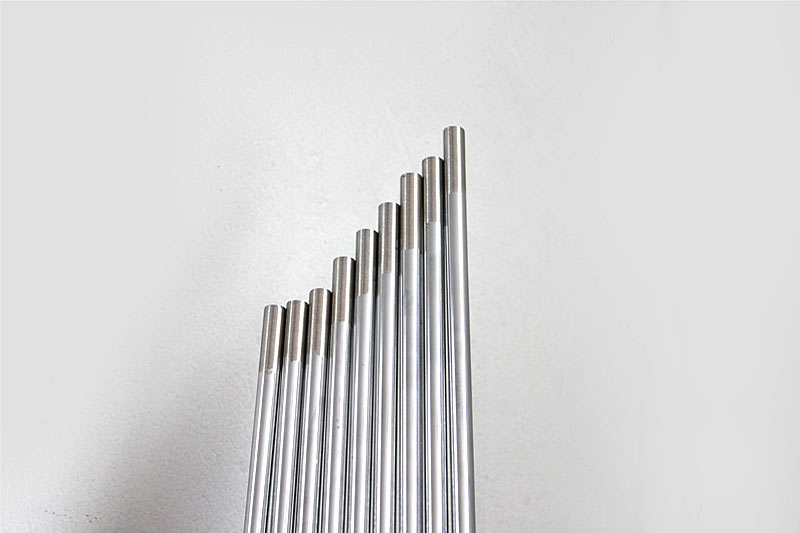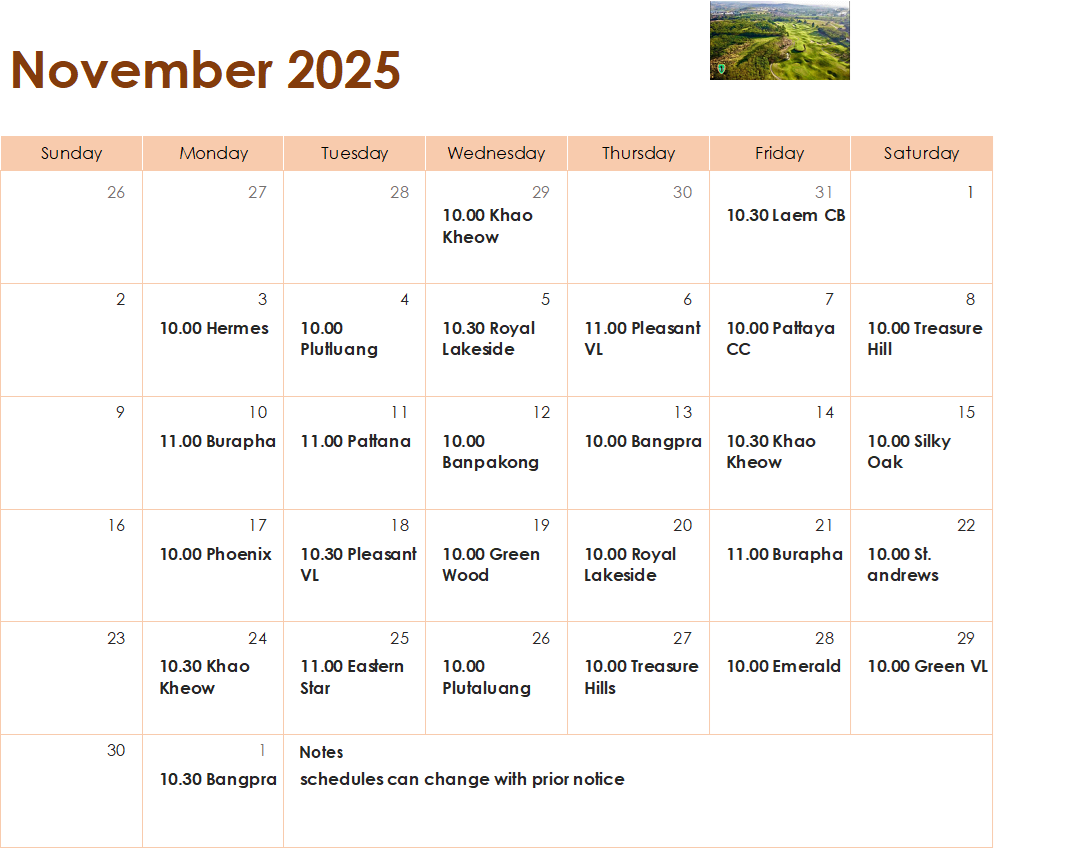Thaiger Line Golf Club Clinic
The Golf Club Clinic in Pattaya is the heart of our business here in Thailand. We provide custom built golf clubs and a quick repair service between two rounds while you are on your Pattaya golf vacation.
Our clinic can help you get more bang out of your set of clubs. At Thaiger Line Golf, Pattaya’s golf pros meet with local Pattaya golfers for a chat and have their equipment built, fixed and fine-tuned. All of the club heads we use are weight-checked and selected prior to assembly to assure proper swing weight throughout your set. Every single raw shaft has been frequency analysed and spined. That means every set is frequency matched. The game of golf is difficult enough, so your golf clubs should be built to perfection for a perfect round of golf in Pattaya, the center of golf on Thailand’s eastern seaboard.
Pattaya Golf Club Clinic
- Change Grips, Shafts
- Change Loft and Lie
- Check Shaft Frequency, Torque and Swing Weight
- All Kind of Repairs
Thaiger Line Golf – How we build Golf Clubs
Selecting and preparing the components you want to use:
Shafts
First of all we determine and mark the spine of each shaft. This is the side where the shaft is most flexible and will swing forward and backward on a straight line. If the shaft is later glued into the head, this neutral position has to point forward, directly in hitting direction.
To fine-tune and reconfirm that you are spot on with your shaft alignment attach a head provisionally with a bit of masking tape, put the butt end into a club maker’s clamp and swing it. The head should move straight forward and backwards, which is called “Flat Line Oscillation” or short FLO. If it starts oval movements, change the angle a bit until you are exactly on the flat line you want and mark that position on hosel and shaft tip.
In the next step we frequency analyze all shafts we use, to determine the stiffness of each of them is the same. This number, which indicates the cycles per minute (CPM), is written down on the butt end of the raw shaft. Make sure you analyze the shaft in neutral position. Should there be variations in stiffness I prefer to use the more flexible ones on my long irons and get stiffer on the shorter clubs. In a perfect set the stiffness increases by 3 CPM per club from 3 to 9.
Club heads
Club heads in a proper set of irons should get 7 grams lighter each head from 3 to SW (See chart 1).
These 7 grams equal the reduction in momentum that occurs, as each club also gets ½ inch shorter. We at Thaiger Line Golf have to order a minimum of 25 sets of heads per type. That enables us to put heads together that match. Standard 3 iron weight is 240 grams.
So we can look on the heavy end for players that like a bit more feel or a set of lightweights for ladies (See chart 2).
Also quickly check loft and lie of your heads. If the lie angle is is not accurate you will not be able to cut the club to proper length.
Grips
Check the weight of your grips. As 1 gram head weight equals 2 grams grip weight you might be able to balance a head that is a bit light with a heavier grip and vice versa. Using no name grips, you should also make sure grips are the same length.
Ferrules
Just take as many as your set will require.
Preparing and assembling the components:
Shaft tip trimming
Many shafts require to be tip cut before assembling. Google for “shaft tip trimming” and then look for the type of shafts you bought.
For most steel shafts you do not have to trim for your #1 iron and then add ½ inch each club down to #9. PW and SW are usually the same as the 9 iron.
Tip preparation
To ensure a good epoxy bond between shafts and heads, shafts require tip prepping. Steel shafts have to be roughened and graphite’s need the paint to be removed. To do this you can just take a small strip of sand paper or carefully use a beltsander for steal shafts. Using the beltsander for graphite shafts takes a bit of practice or the use of a special shaft prepping belt.

